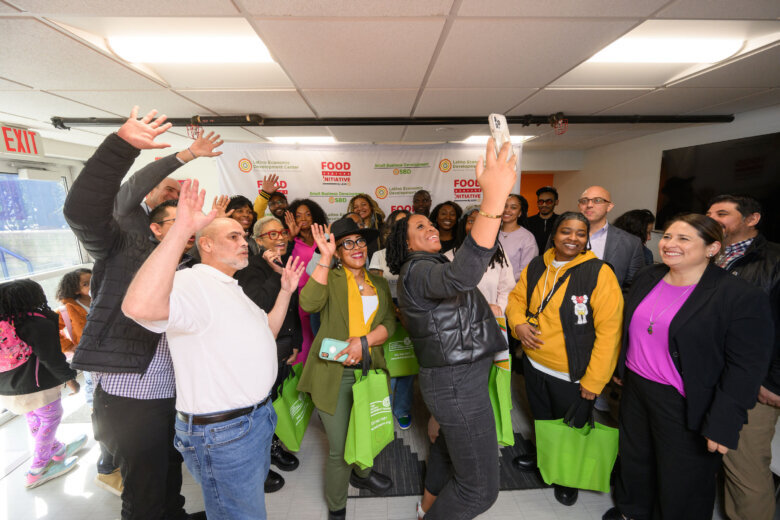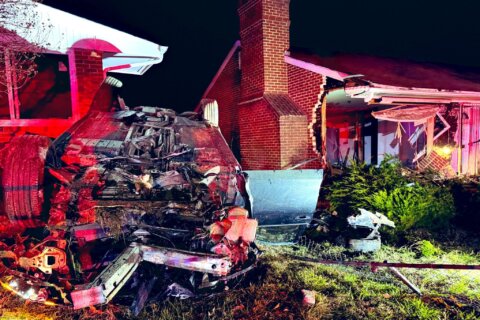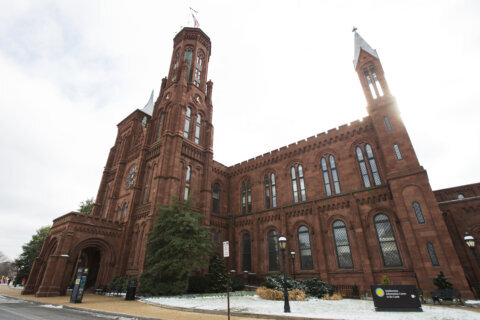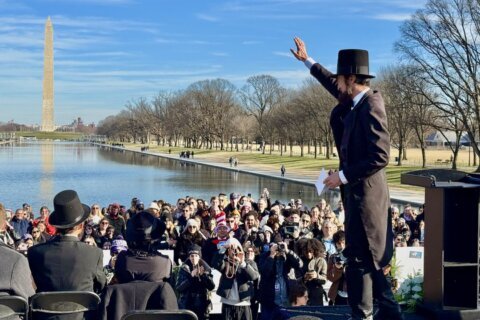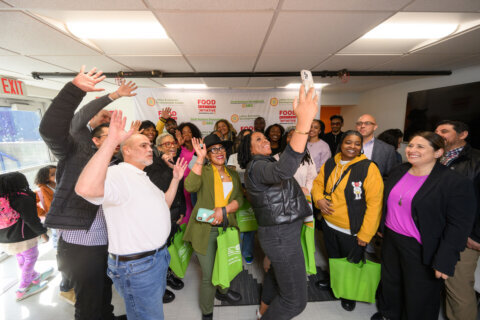
WTOP celebrates National Hispanic Heritage Month this Sept. 15 through Oct. 15, with stories spotlighting the contributions, culture and accomplishments of Hispanic communities across the D.C. region.
On May 5, 1991, a Salvadoran man was shot by a D.C. police officer, and that shooting sparked several days of rioting in the city. The response to the shooting was also the culmination of years of tensions over both language and cultural barriers between police and the Latino community.
Emi Reyes, chief executive officer of the Latino Economic Development Center, said that during the 1980s as El Salvador saw a civil war, many Salvadorans escaped to the United States, with many choosing the District as their destination. Many settled in the Mount Pleasant neighborhood which she said did have a large Latino footprint.
“All of a sudden it became an area that had sort of the second largest Salvadoran population of anywhere in the country,” Reyes said.
At the time there were not a lot of resources for people who didn’t speak English, so Reyes said that led to a disconnect between the city and the Latino community.
Things reached a fever pitch when word got around about a shooting occurred in 1991. The man who was shot was injured, but rumors resulted in some thinking he had died.
According to a Washington Post report in 1991, a man was shot and wounded by an African American officer after police said the man threatened her with a knife.
“So it led to a lot of miscommunication, and clearly the breaking of very fragile threads between what was supporting this immigrant population and what wasn’t I think it was really the culminating factor in forcing them to answer the requests and demands of a growing population, and drew attention to what was being neglected so heavily by the city,” Reyes said.
Rioting would soon begin and last for three days as businesses, buses and more were damaged, and curfews were put into place.
As a result of the riots, the city launched a Latino Civil Rights Task Force, and one of the recommendations was the creation of an organization that would better connect the Latino community with city resources.
“The recommendation of creating an institution that would really provide the financial tools and education in the language that people needed, with the cultural competency of understanding the immigrant experience and really being able to provide services where they needed it, how they needed it,” Reyes said.
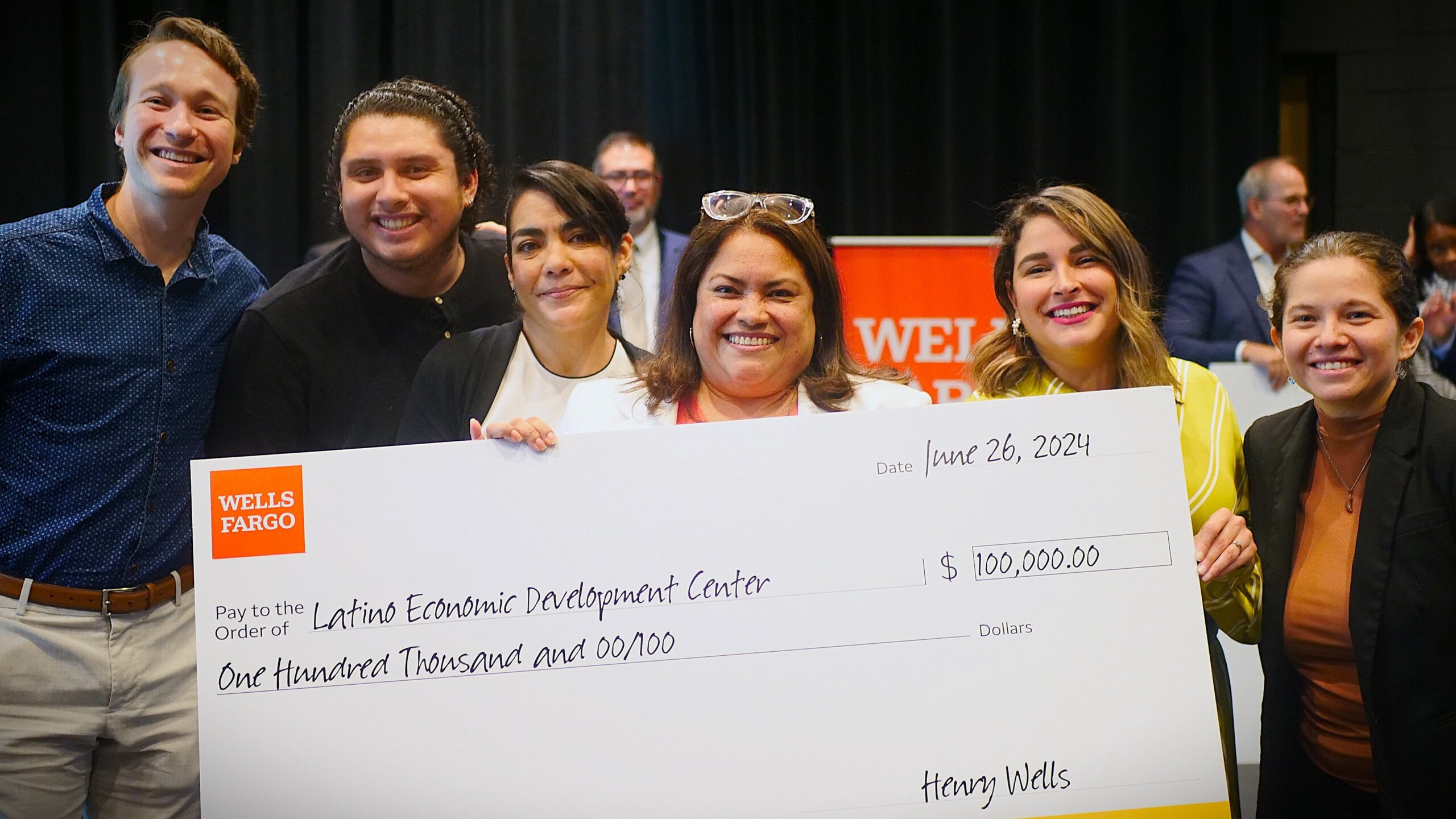
Since its creation, the LEDC has helped connect families with city services and connect Latinos in the city to grow their small businesses.
“We provide microloans from as little as $1,000 up to 250,000 to really help entrepreneurs be able to launch or grow their businesses throughout the city,” Reyes said.
Right after the riots, the organization also helped the local government connect better with the Latino community with the goal of preventing another situation as was seen in 1991.
“We were really like an advocate to help the police force established, like a Spanish-speaking force that would be able to operate within Mount Pleasant and Columbia Heights and other parts of the city in which we had these pockets of immigrant populations whose first language was Spanish,” Reyes said.
Reyes said while not everyone sees eye to eye on issues, it is still important that the community works together on solutions.
“It’s really central that the community comes together, that we incorporate the voices of long-standing immigrants who’ve been here 30 plus years, as well as those who have just arrived a couple of months ago,” Reyes said.
She also said the city needs to continue to invest in minority-owned businesses so they can grow in D.C. as costs go up.
“I think that the commercial real estate space has a lot to learn from the housing real estate space in terms of programs that exist, whether that be rent stabilization or rental assistance programs or down payment assistance programs,” Reyes said.
All in all, Reyes believes we have seen positive changes over the past decades.
“I think our organizations and infrastructure are much more welcoming and supporting than they have been in the past,” she said.
As for the Mount Pleasant of today, versus how the neighborhood once was, Reyes said while the landscape has changed the neighborhood is working to hold on to its cultural identity.
“Mount Pleasant has a very long-standing history, and so I think it’s important that we work actively to preserve that,” she said.
Get breaking news and daily headlines delivered to your email inbox by signing up here.
© 2024 WTOP. All Rights Reserved. This website is not intended for users located within the European Economic Area.

